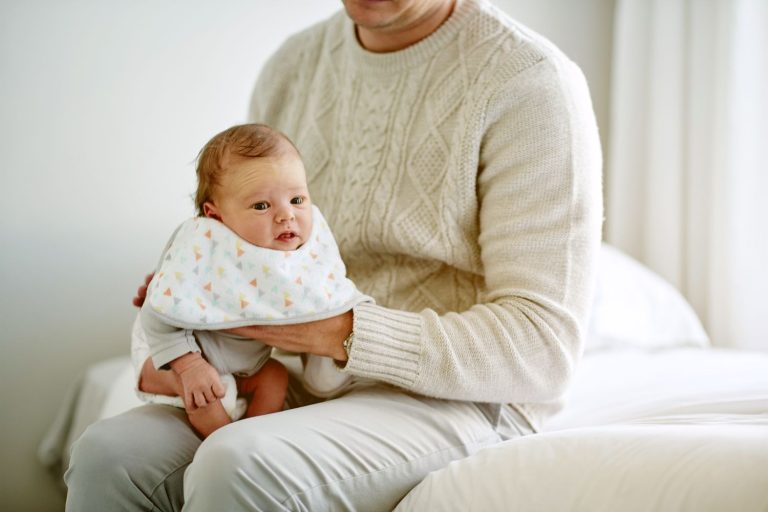Crawling Milestones: A Guide Your Baby’s Developmental Journey

Learn about your baby’s crawling milestones with our guide. Unlock tips for nurturing development from first steps to playful crawls. Explore now!
Crawling Milestones: A Comprehensive Guide to Baby’s Developmental Journey
Introduction:
Your baby’s first attempts at crawling are like the sweet notes of a song they compose. It’s a special moment filled with curiosity and exploration. As a mom, you play a big part in this journey. In this guide, we’ll go through the stages of crawling, how you can help, and when to consult an expert if needed. Let’s dive into this musical adventure of your baby’s crawling milestones!
When Do Babies Start Crawling?
Just as each musical composition has its unique rhythm, the onset of crawling varies among babies. At six months, some babies take their first steps in the grand crawling ballad, while others may join the movement orchestra closer to their first birthday. This diverse range is a testament to the individual tempo at which each baby dances through their developmental melodies.
Stages of Crawling Development:
1. Getting Ready to Crawl:
Before your baby takes center stage with crawling, they engage in a prelude of exploration. It involves a delicate choreography of building essential muscle strength and coordination. Imagine your baby pushing up on their hands and knees, swaying gently back and forth, and embracing tummy time as a captivating rhythm to enhance core muscle harmony.
2. Commando Crawling:
As the curtains rise, your baby unveils their commando crawling act. In this whimsical jig, they employ their arms to pull their upper body forward, gently dragging their lower body along. It’s a dance of discovery, where your baby showcases their upper body’s strength and smooth and skillful movement.
3. Traditional Hands-and-Knees Crawling:
As the music builds, the classic hands-and-knee crawling enters the stage. It is a waltz of coordination, where your baby orchestrates the graceful movement of opposite arms and legs, traversing the floor with their rhythm. This choreographed masterpiece usually graces the stage between seven and ten months.
4. The Playful Bear Crawl –
In a surprising twist, some babies adopt a bear-like crawl, a ballet of creativity that showcases their individuality. Picture your baby keeping their legs straight and swaying their hips in a rhythmic back-and-forth motion. It’s a dance of innovation and adaptation, reflecting your baby’s unique spirit.
5. Your Role in Helping Baby’s Crawling:
While you may not dictate the tempo of your baby’s development, you can undoubtedly play a pivotal role in nurturing their skills.
- Tummy Time Sonata:
Regular tummy time sessions compose a powerful sonata, strengthening the chords of the neck, back, and arm muscles – a symphonic prelude to crawling.
- Playing on the Floor:
Arrange captivating toys beyond your baby’s grasp, harmonizing play and movement as they stretch and reach for their next crescendo.
- Starting with Safety
As your baby sets off on their musical Journey, ensure a secure environment by orchestrating the removal of potential hazards and sharp objects.
- Parental Teamwork:
Have fun with your baby on the floor. Play together and enjoy bonding. It’s like making music that your baby loves.
- Getting Help When You Need It:
If your baby has yet to start crawling by their first birthday, it’s a good idea to talk to a doctor. They can help with any concerns and ensure your baby is developing well.
Conclusion:
Watching your baby begin to crawl is a beautiful thing. It’s like they’re playing their particular tune, one that’s unique to them. As a parent, you can help your child with music by being there for them and cheering them on. One way to do this is by assisting your baby. Observing your baby starting to crawl is a beautiful experience. It’s as if they are composing their music, one that is entirely their own. Learning how to crawl can spark a sense of wonder and discovery as they explore their surroundings. This experience can be magical and rewarding for you and your little one.






